Entry Type: Thing - Starting with C
aka: Sunfishes
 Century Wall
Century Wall
Cestodes
aka: Tapeworms
Charles “Bullet” Dean Hyten House
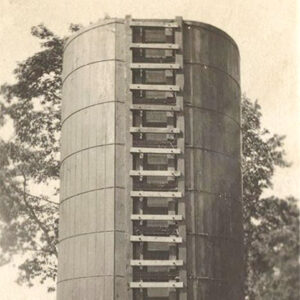 Charleston Silo
Charleston Silo
Charter Schools
Chateau Aux Arc Vineyards and Winery
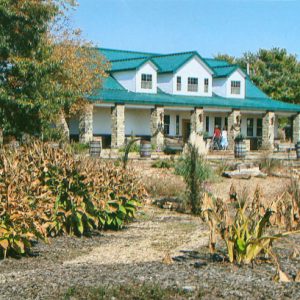 Chateau Aux Arc Vineyards and Winery
Chateau Aux Arc Vineyards and Winery
 Chateau Aux Arc Vineyards and Winery
Chateau Aux Arc Vineyards and Winery
Chautauqua
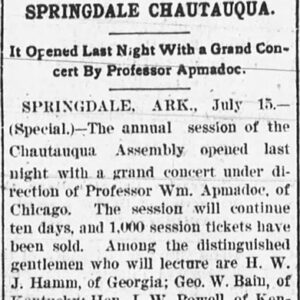 Chautauqua Article
Chautauqua Article
 "Checkers Players at Charlie's Barber Shop, Paragould"
"Checkers Players at Charlie's Barber Shop, Paragould"
 Cheese Dip
Cheese Dip
Cheese Dip
 Cheese Dip from Señor Tequila
Cheese Dip from Señor Tequila
Cherokee [Steamboat]
Cherokee Boundary Line
aka: Old Cherokee Boundary Line
Cherry Pit, The
 Francis Cherry Campaign Postcard
Francis Cherry Campaign Postcard
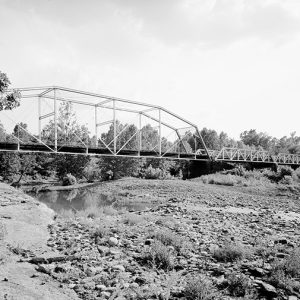 Chester Bridge
Chester Bridge
Chewaukla Mineral Springs Co.
Chicago, Rock Island and Pacific Railway
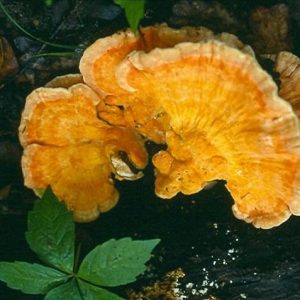 Chicken of the Woods
Chicken of the Woods
 Chicken of the Woods
Chicken of the Woods
 Chicken Statue
Chicken Statue
Chicot County Courthouse
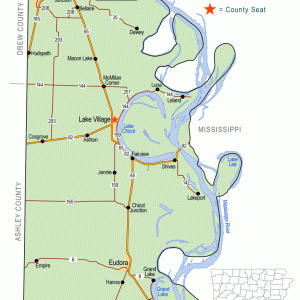 Chicot County Map
Chicot County Map
 Children's Drug Store Ad
Children's Drug Store Ad
 Chillham Building
Chillham Building
 Chimps
Chimps
 Chlamydia and Infections
Chlamydia and Infections
 Chlamydia in Arkansas
Chlamydia in Arkansas
Choctaw Boundary Line
Choctaw Freight Terminal
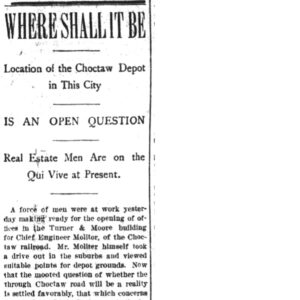 Choctaw Freight Terminal Article
Choctaw Freight Terminal Article
 Choctaw Nation Border Marker
Choctaw Nation Border Marker
Choctaw Scrip
 Choctaw Steamboat
Choctaw Steamboat
Cholera
Chordate Parasites
aka: Parasitic Chordates
Christ Church Parochial and Industrial School
Christ of the Ozarks
 Christ of the Ozarks
Christ of the Ozarks
 Christ of the Ozarks
Christ of the Ozarks
 Christmas Card
Christmas Card
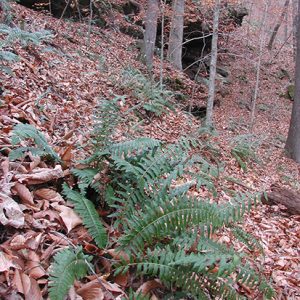 Christmas Fern
Christmas Fern
Chrystal
 Thomas Churchill Family Plot
Thomas Churchill Family Plot
 Chytrid Fungus
Chytrid Fungus




